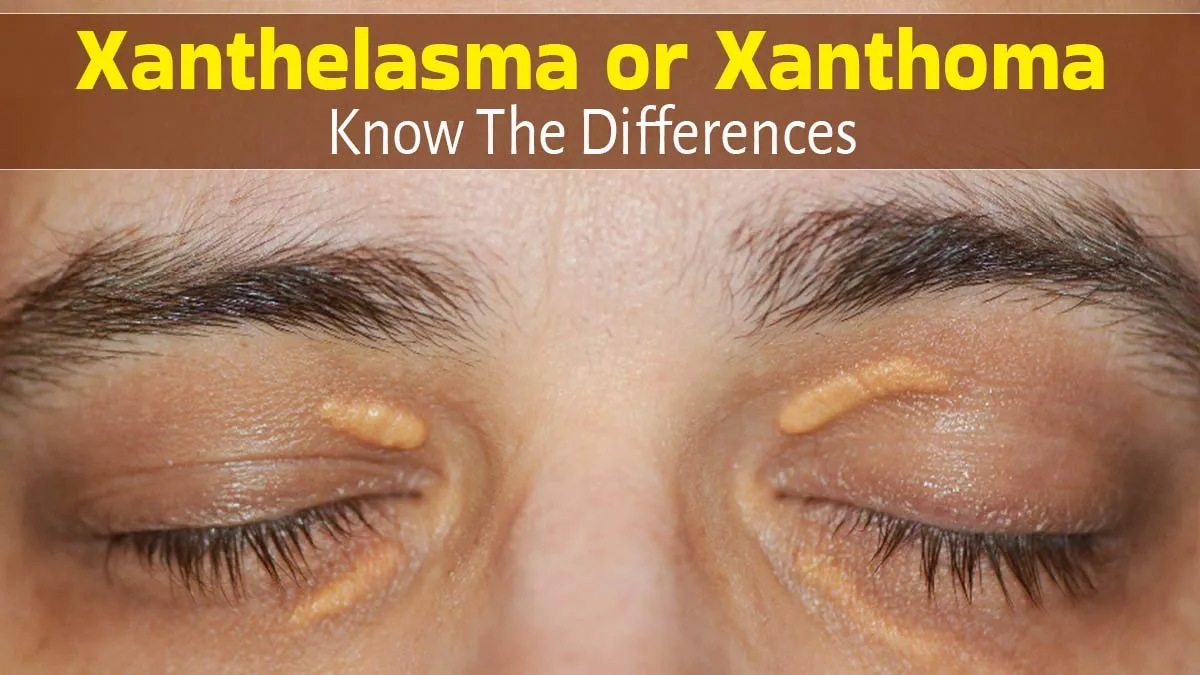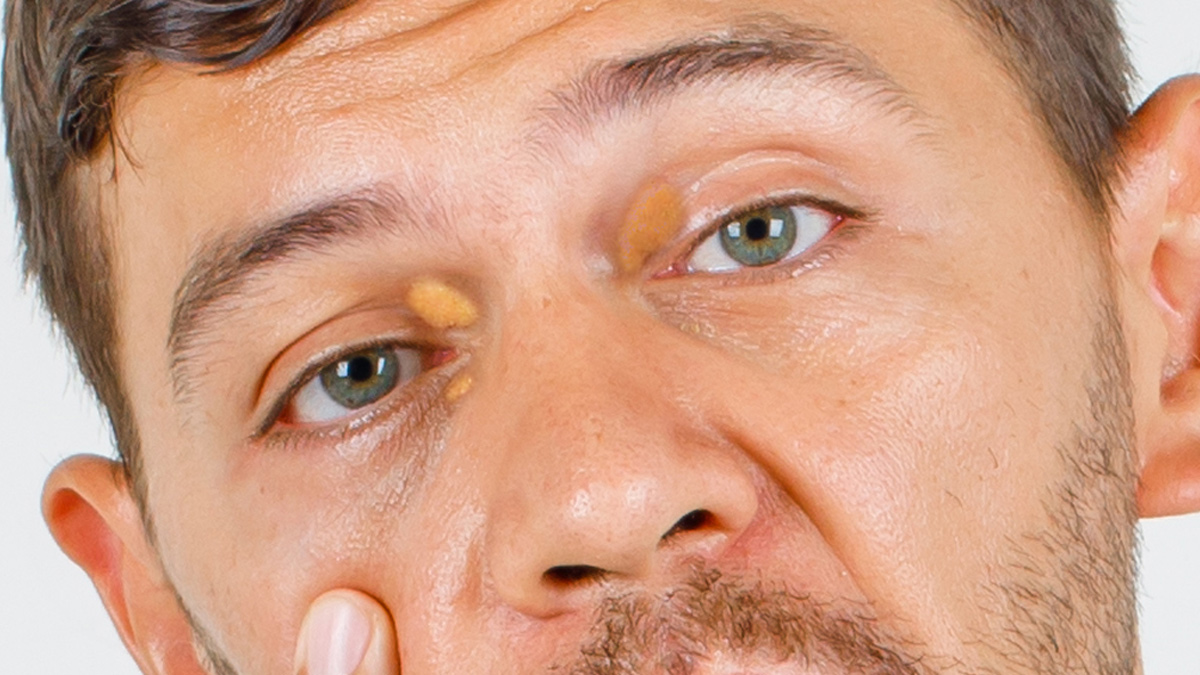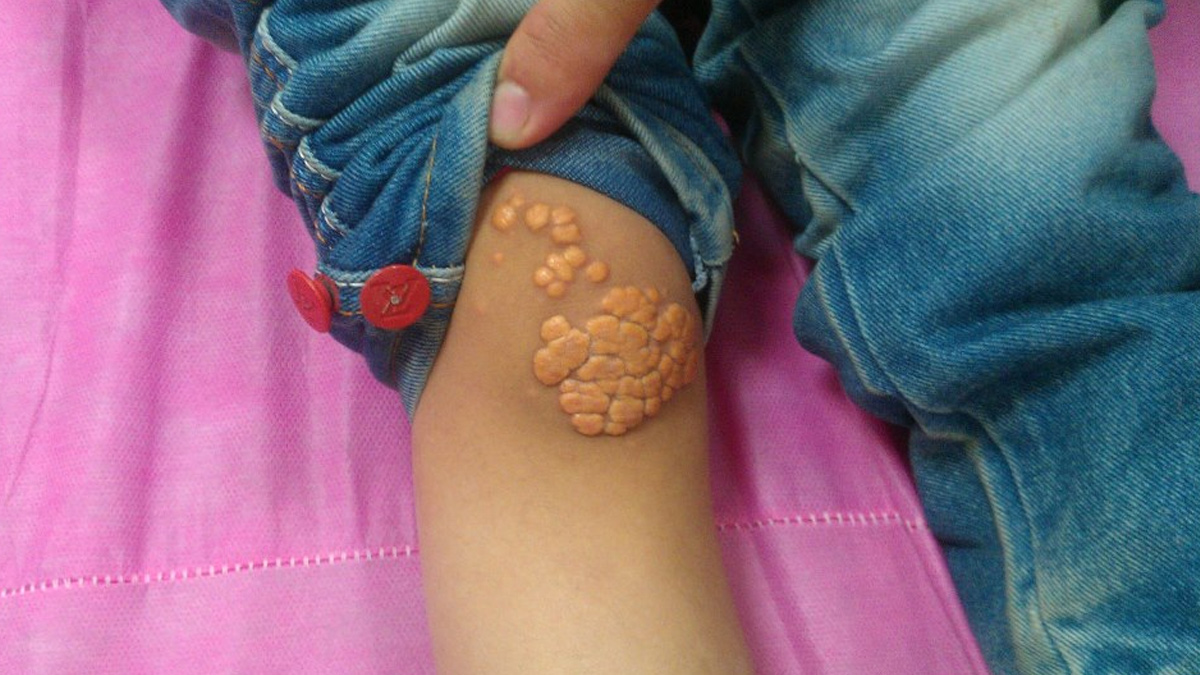
Do you have yellowish patches near your eyes or small lumps on your skin? You might wonder if these are xanthelasma or xanthoma. Both are skin conditions caused by fat building up under the skin, but they are not the same. Knowing the difference can help you understand your health better and decide when to see a doctor. Read ahead to know more about it, as an expert shared how to tell the differences between these skin conditions.
Table of Content:-
What Are Xanthelasma and Xanthoma?![Xanthelasma 3 - 2025-06-24T112823.969]()
Dr Shifa Yadav, Consultant - Dermatology & Cosmetology at Artemis Hospitals, Gurgaon, explains, “Xanthelasma and xanthoma are both skin problems that happen when fat builds up under the skin. They look different, are in different places, and have different health effects. Knowing about these conditions can help doctors find them early and treat them correctly.”
Xanthelasma is a special kind of xanthoma. It looks like soft, yellowish patches on or around the eyelids. These patches are usually the same on both sides of the eyes and do not hurt. Xanthelasma is not dangerous, but some people may not like how it looks. Dr Yadav adds, “Xanthelasma doesn’t hurt the skin, but it can be a cosmetic issue.”
Xanthomas, on the other hand, are fatty lumps that can appear anywhere on the body. You might find them on your knees, elbows, hands, feet, or even your buttocks. They can be different sizes and may be flat or raised. “Not all xanthomas are xanthelasmas, but all xanthelasmas are xanthomas,” says Dr Yadav.
How Are They Different?![Xanthoma 2 - 2025-06-24T112822.053]()
The main difference between xanthelasma and xanthoma is where they show up and what they mean for your health. Xanthelasma usually appears around the eyes and may or may not be linked to serious health problems. Xanthomas can show up anywhere and are more often linked to health issues like high cholesterol, diabetes, or inherited problems with fat in the blood.
Both conditions happen because fat builds up in cells under the skin, making them look yellow. Xanthelasma forms when cholesterol collects near the eyelid capillaries. Xanthomas are usually caused by bigger problems in the body, like genetic conditions (familial hypercholesterolemia), diabetes, thyroid problems, or liver disease.
What Do They Mean for Your Health?
Having xanthelasma or xanthoma does not usually hurt or cause symptoms. But they can be a sign that your body has too much fat in the blood. This can raise your risk for heart disease or other health problems. Dr Yadav says, “These are not harmful and usually don’t cause any symptoms, but they could mean that you have a higher risk of heart disease or high cholesterol.”
A study published in the BMJ found that people with xanthelasma had a higher risk of heart disease and death from heart-related problems. The study followed over 12,000 people and showed that xanthelasma could be a warning sign, especially if you have other risk factors like high cholesterol or high blood pressure.
Treatment and Prevention![treatment 1 - 2025-06-24T112820.211]()
The best way to treat both xanthelasma and xanthoma is to fix the underlying fat problem. This means eating a healthy diet exercising more, and taking medicine if your doctor prescribes it. Xanthelasma can be removed with surgery, laser, freezing, or acid peels, but it often comes back. Xanthomas can also be removed if they bother you, but they will return unless you fix the fat problem in your body.
Conclusion
Xanthelasma and xanthoma are both caused by fat building up under the skin. Xanthelasma shows up around the eyes, while xanthomas can appear anywhere. Neither is dangerous, but both can be a sign of high cholesterol or other health problems. If you notice yellow patches or lumps on your skin, talk to your doctor. Early treatment can help protect your health.
Also watch this video
How we keep this article up to date:
We work with experts and keep a close eye on the latest in health and wellness. Whenever there is a new research or helpful information, we update our articles with accurate and useful advice.
Current Version



